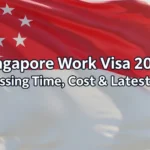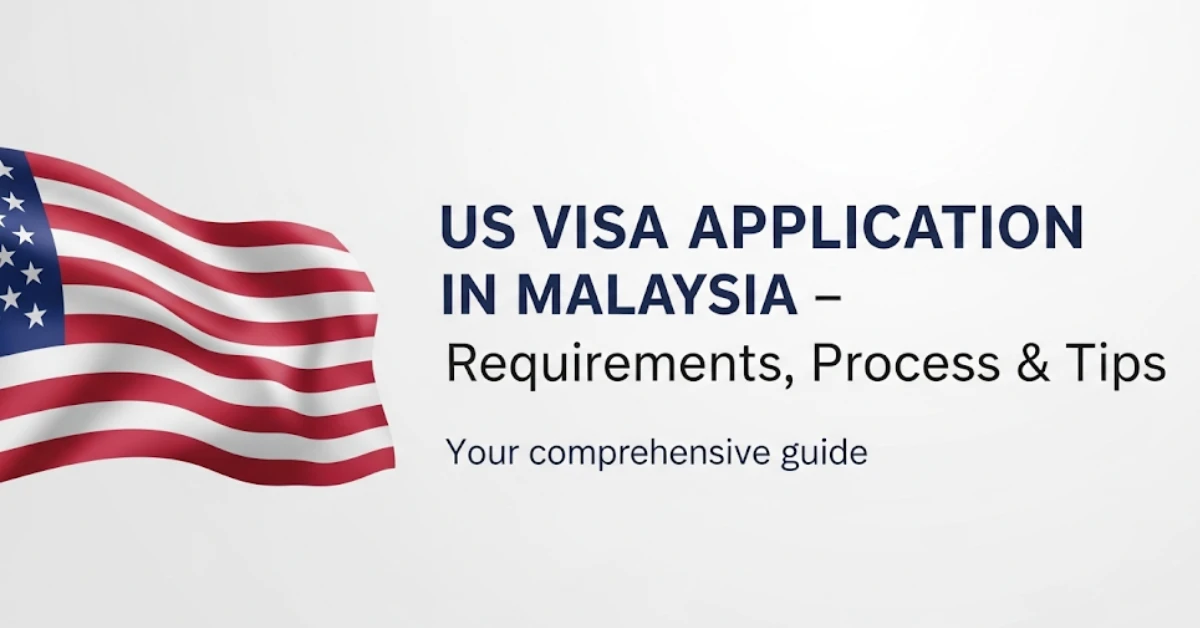Dreaming of working amidst Canada’s stunning landscapes and vibrant cities? You’re not alone! Canada actively welcomes skilled workers, and securing a work visa might be smoother than you think. Forget the overwhelm – this clear, step-by-step guide breaks down the most common pathways to your Canadian work adventure.
Step 1: Find Your Visa Pathway (The Key!)
There isn’t just one work visa. Your route depends heavily on your situation:
-
Express Entry (The Points-Based Powerhouse): Ideal for skilled workers with education, experience, and strong language skills (English/French). You create an online profile, get ranked, and if invited, can apply for permanent residence, which includes work authorization. Fastest route for eligible candidates.
-
LMIA-Supported Work Permit: An employer in Canada must first get a Labour Market Impact Assessment (LMIA). This proves they couldn’t find a Canadian for the job. Once they have a positive LMIA, they give you a job offer, and you apply for the work permit.
-
Other Options: Programs like the International Experience Canada (IEC) for youth from partner countries, Provincial Nominee Programs (PNPs) where provinces nominate candidates, or permits for spouses of students/workers.
Step 2: Gather Your Essential Toolkit
No matter the path, you’ll need core documents ready:
-
Valid Passport: Crucial! Ensure it has ample validity.
-
Job Offer Letter (if applicable): Especially critical for LMIA-supported permits.
-
Proof of Qualifications: Educational degrees, diplomas, and trade certificates. You might need an Educational Credential Assessment (ECA).
-
Language Test Results: IELTS or CELPIP for English; TEF for French. Minimum scores required vary.
-
Proof of Funds: Show you can support yourself and family members initially.
-
Clean Record: Police certificates demonstrating good character.
Step 3: Submit Your Application (Online is King!)
For most work permits, applying online via the Immigration, Refugees and Citizenship Canada (IRCC) website is the fastest, most efficient method.
-
Create an IRCC secure account.
-
Fill out the required application forms meticulously.
-
Upload all your supporting documents.
-
Pay the processing fees (Work Permit fee + often Biometrics fee).
-
Submit and get confirmation.
Step 4: Biometrics & Waiting Game
After submitting:
-
You’ll likely get instructions to give biometrics (fingerprints and photo) at a designated center.
-
Then, patience! Processing times vary wildly – from a few weeks for some IEC permits to several months for others. Check current times on the IRCC website regularly.
Step 5: Decision Time & Crossing the Border
If approved, you’ll receive:
-
A Port of Entry (POE) Letter of Introduction.
-
If you’re from a visa-required country, a visa counterfoil in your passport.
-
Present these, along with your passport and job offer (if applicable), to the border officer when you arrive. They’ll issue your actual work permit!
Pro Tips for Success:
-
Start Early: Gathering documents takes time. Don’t rush!
-
Accuracy is Everything: Typos or missing info cause delays. Double-check!
-
Check Eligibility Thoroughly: Use official IRCC online tools before applying.
-
Official Sources ONLY: Rely solely on IRCC.gov.ca for forms and info. Avoid sketchy advice.
-
LMIA Reality Check: Finding an employer willing to go through the LMIA process can be challenging. Persistence pays off.
Navigating the Canadian work visa process requires attention to detail, but it’s achievable with the right information and preparation. By understanding your options, getting your documents in order, and following the steps carefully, you’ll be well on your way to starting your exciting new chapter in Canada! Good luck!

Hi, I’m Ricky, the founder of OKSociety.in. I’m a tech enthusiast with a deep passion for smartphones, mobile technology, and everything that makes our digital lives smarter. I started OKSociety to share honest reviews, the latest phone updates, and practical buying guides to help people make better choices in this fast-paced tech world.




